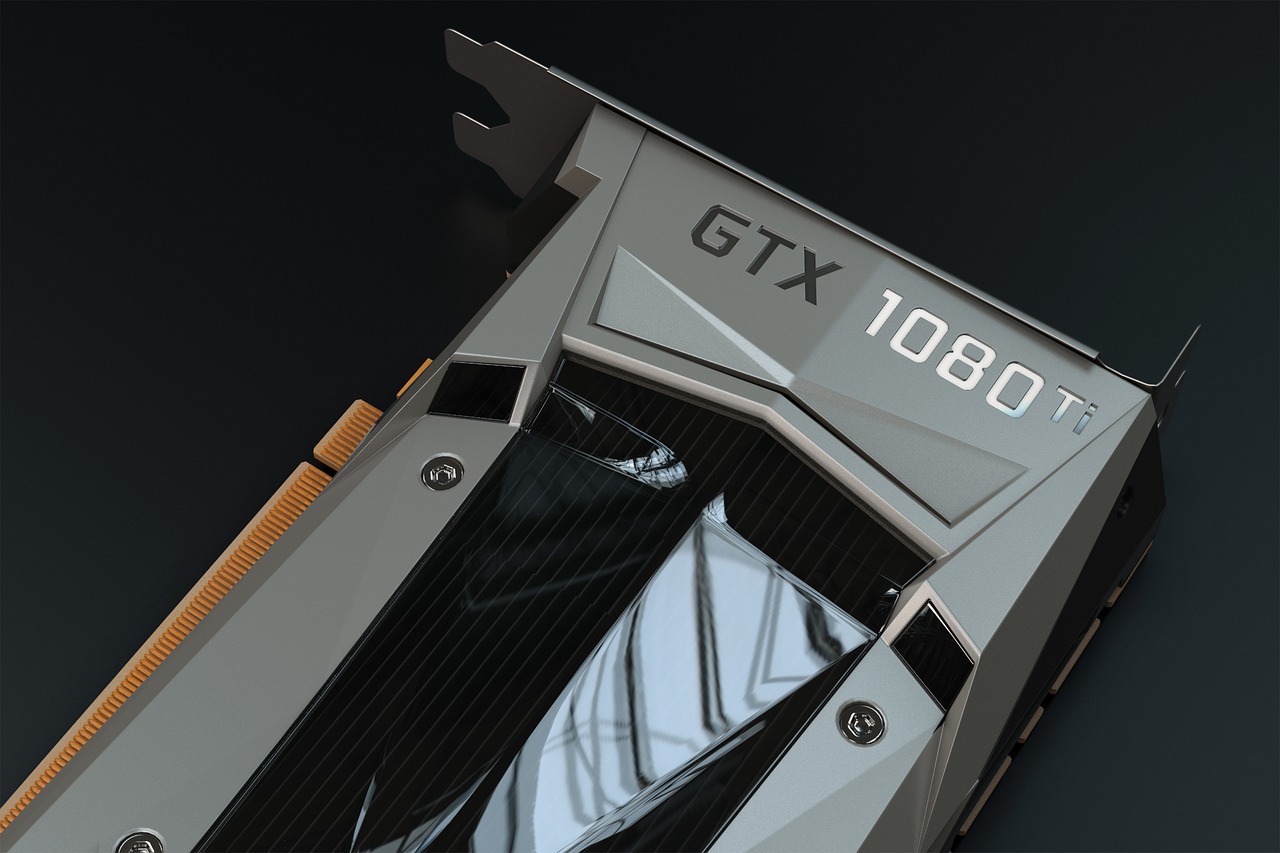

In the original Bitcoin (BTC) code, its creator, Satoshi Nakamoto, embedded an automated mechanism known as the ‘halving.’ This process plays a crucial role in the functioning of Bitcoin.
As you might already know, every 10 minutes or so, a new block is processed or mined on the Bitcoin network, containing roughly between 1900 and 2300 transactions. The miner who successfully validates a block first receives a ‘mining reward’ in the form of new Bitcoins. Every 210,000 blocks, a ‘halving’ occurs, reducing this reward by half. The timeline for these Bitcoin halvings follows a set pattern:
Until around the year 2140 (or possibly earlier), a halving will happen after every 210,000 blocks, with the reward being halved each time.
This halving mechanism makes Bitcoin fundamentally different from traditional currencies like the euro or dollar, which can be printed at will by central banks.
In contrast, Bitcoin’s halving ensures a controlled and perfectly predictable supply of new coins. This steady flow cannot be altered, increased, or decreased by anyone. These principles are vital to many Bitcoin supporters, who argue that fiat currencies like the dollar or euro are less valuable than Bitcoin. After all, only 21 million Bitcoins will ever exist.
For miners, a halving is a significant event because it literally halves their income in Bitcoin. If your entire revenue stream depends on selling the Bitcoins you mine, the price of one Bitcoin becomes crucial. The halving will likely shake up the mining landscape, with less profitable miners potentially being forced out of the market.
Those who remain will need to consolidate and focus on efficiency. The halving further emphasizes Bitcoin’s absolute scarcity. With a maximum of 21 million Bitcoins ever to be mined, this mechanism adds even more weight to this fact.
More and more people are drawn to this level of scarcity, which even gold doesn’t possess. The idea that soon only half as many Bitcoins will be created per block has already sparked, or will soon spark, interest among many (potential) investors.
This is the ‘million-dollar question.’ After the first halving, there was a significant bull run, with the price rising from $13 to $265 within six months. In 2016, it appeared that the halving led to a price increase in the weeks and months leading up to the event. After the halving in 2020, the price per Bitcoin surged from $550 to approximately $20,000.
Among prominent traders and figures in the crypto world, predictions vary widely. Some believe the halving will have no effect on the price, while others are convinced that the next major bull run for Bitcoin is on the horizon. Whether this price change will occur in the short term remains to be seen.
Follow the countdown, click here!